Ancient City Of Urkesh – Home Of Kumarbi – The Foremost Son Of Anu
A. Sutherland - AncientPages.com - Tell Mozan, the site of the ancient city of Urkesh, holds a significant place in both historical records and myths. This ancient city, nestled in the foothills of the Taurus Mountains in Al-Hasakah Governorate, northeastern Syria, is a treasure trove of historical and archaeological wonders.
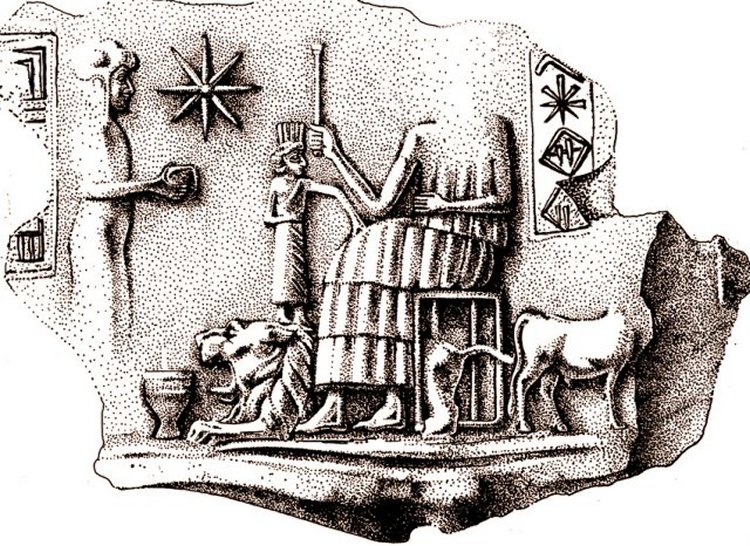 Tupkish, the king of Urkesh. Credits: G. Buccellati, November 2002
Tupkish, the king of Urkesh. Credits: G. Buccellati, November 2002
It was founded during the fourth millennium BC, possibly by the Hurrians, on a site that appears to have been inhabited previously for a few centuries.
The beginnings of Urkesh are shrouded in mystery, adding to its allure. While the exact origins remain unknown, it is established that Urkesh dates back to at least the early part of the fourth millennium BC. It occupied a vast area, encompassing both the plains and mountainous hinterland in what are now parts of Syria, Iraq, and Turkey.
The discovery of Urkesh has pushed back the earliest evidence for the Hurrians into ¨the third millennium., the civilization - in many ways alternative to that of the Sumerians, the Akkadians, and the Amorites.
 The large royal palace at Urkesh, which was still being excavated in 2010, has yielded written evidence which allowed it to be identified. Photo credits: Urkesh.org
The large royal palace at Urkesh, which was still being excavated in 2010, has yielded written evidence which allowed it to be identified. Photo credits: Urkesh.org
Urkesh was not just a city, but the heart of an enigmatic civilization. The Hurrians, its inhabitants, spoke a language that was unique and unrelated to any other known ancient or living language. The Hurrian texts from Urkesh are among the earliest known, adding to the mystery of this ancient civilization.
It was the main center of the Hurrians, who celebrated it in their countless myths as the home of the father of the gods, Kumarbi - the foremost son of Anu (the sky), identified by the Hurrians with Sumerian Enlil.
Urkesh was also the capital of a kingdom that controlled the highlands immediately to the north, where the supplies of copper were located, a source of wealth that made the city prosperous and influential.
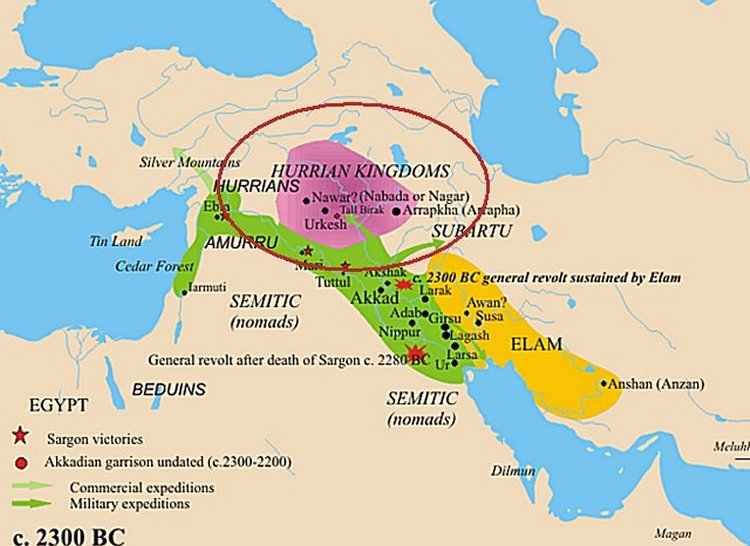 Middle East - c. 2300 BC. Image credit: Nareklm - Wikipedia
Middle East - c. 2300 BC. Image credit: Nareklm - Wikipedia
The Hurrian population died out thousands of years ago, but the modern inhabitants of the area have not forgotten their ancestors from the ancient past.
For the last 30 years, archaeologists have conducted excavations at Tell Mozan, ancient Urkesh, and these not only placed this ancient site in northeastern Syria but also have brought to light Tell Mozan/Urkesh and their inhabitants - the Hurrians, an enigmatic civilization of the ancient Near East.
Foundation tablet. Dedication to God Nergal by Hurrian king Atalshen, king of Urkish and Nawar, Habur Bassin, circa 2000 BC. Louvre Museum AO 5678.
"Of Nergal, the lord of Hawalum, Atal-shen, the caring shepherd, the king of Urkesh, and Nawar, the son of Sadar-mat, the king, is the builder of the temple of Nergal, the one who overcomes opposition. Let Shamash and Ishtar destroy the seeds of whoever removes this tablet. Shaum-shen is the craftsman. source
Among the most important finds revealed by the Mozan/Urkesh excavations, was the discovery of a beautiful sculptural image of a horse head dating from the middle of the third Millennium BC.
Also, subsequent findings showed more representations of horses, possibly continuing the same Hurro-Urartian tradition. It is believed that horses were domestic animals, mainly because the diggings revealed several horse figurines from the storeroom inside King Tupkish’s palace (about 2200 BC).
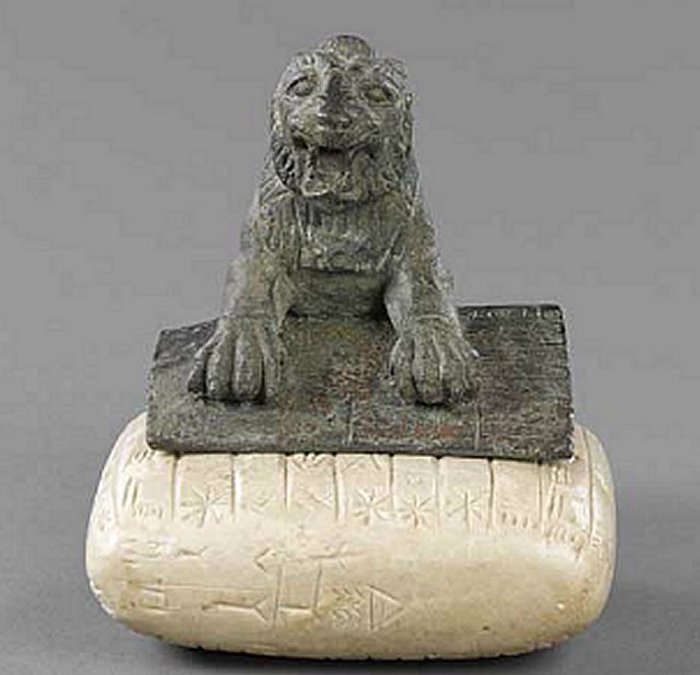 The Louvre lion of Tish-atal and an accompanying stone tablet bearing the earliest known text in Hurrian Photo credit: Louvre
The Louvre lion of Tish-atal and an accompanying stone tablet bearing the earliest known text in Hurrian Photo credit: Louvre
These numerous figurines, which belong to the following period of the history of Urkesh in the last quarter of the 3rd Millennium BC, make it clear that the horse was essential in the life of this ancient society.
Particularly interesting are horse figurines showing the harness, thus documenting the use of horses in transportation. Written documents from the Palace have given us the name of the city and kingdom of Urkesh and its king, Tupkish, and queen, Uqnitum. The powerful witness of writing also tells us that one of the daughters of Naram-Sin, the famous Mesopotamian king, lived in Urkesh.
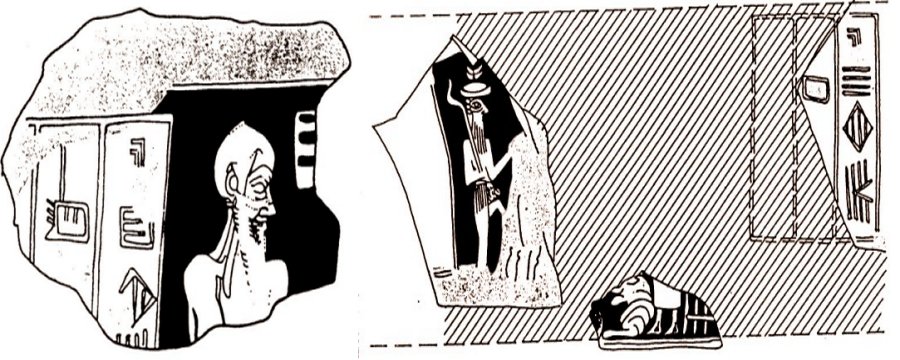 Left: Warrior with a helmet. Urkesh. Credits: G. Buccellati, November 2002. Right: God with a raised foot. Credits: G. Buccellati, November 2002
Left: Warrior with a helmet. Urkesh. Credits: G. Buccellati, November 2002. Right: God with a raised foot. Credits: G. Buccellati, November 2002
Next to the Palace, UCLA Georgio Buccellati and Marilyn Kelly-Buccellatia and their team excavated a deep underground shaft that was one of the most awe-filled monuments of the Hurrians – the 'Passage to the Netherworld.'
Further excavations have revealed compelling evidence that the Hurrians not only strongly influenced the language, culture, and religion of later peoples but also may have been present 1,000 years earlier--just as nearby Mesopotamians began to create the first cities.
Kumarbi's temple, one of the most important buildings, was left in ruins from about 2400 BC. The god Kumarbi's temple was probably built by one of the earliest known Hurrian rulers - the king Tish-atal, c. 21st century BC of Urkesh during the Third Dynasty of Ur.
There are many unanswered questions regarding the Hurrians, but one thing is sure: these ancient people were far more than just another wandering tribe in the fractious Middle East.
Written by – A. Sutherland AncientPages.com Staff Writer
Updated on Auust 26, 2024
Copyright © AncientPages.com All rights reserved. This material may not be published, broadcast, rewritten or redistributed in whole or part without the express written permission of AncientPages.com
Expand for referencesMore From Ancient Pages
-
 Coventry’s Mysterious Ogham Stone Displayed At Herbert Art Gallery And Museum
Archaeology | May 18, 2024
Coventry’s Mysterious Ogham Stone Displayed At Herbert Art Gallery And Museum
Archaeology | May 18, 2024 -
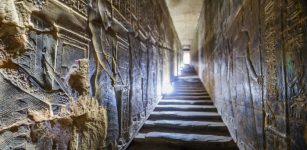 What Happened To The Staircase In The Temple Of The Goddess Hathor?
Civilizations | Mar 9, 2017
What Happened To The Staircase In The Temple Of The Goddess Hathor?
Civilizations | Mar 9, 2017 -
 Magnificent Hattusa: Capital Of The Hittite Empire
Civilizations | Apr 11, 2021
Magnificent Hattusa: Capital Of The Hittite Empire
Civilizations | Apr 11, 2021 -
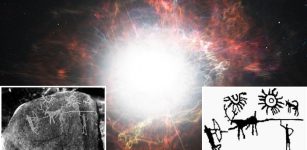 Extraordinary 5,000-Year-Old Astronomical Event Depicted On Indian Rock Carving
Archaeoastronomy | Jan 9, 2018
Extraordinary 5,000-Year-Old Astronomical Event Depicted On Indian Rock Carving
Archaeoastronomy | Jan 9, 2018 -
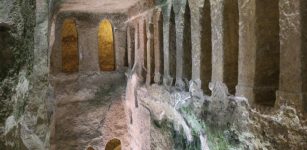 Largest In Europe Underground Church Of Saint-Jean of Aubeterre Built By 12th Century Benedictine Monks
Featured Stories | Feb 12, 2016
Largest In Europe Underground Church Of Saint-Jean of Aubeterre Built By 12th Century Benedictine Monks
Featured Stories | Feb 12, 2016 -
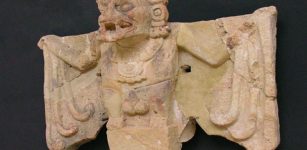 Camazotz: ‘Death Bat’ Vampire God In Ancient Maya Beliefs
Featured Stories | Jun 8, 2017
Camazotz: ‘Death Bat’ Vampire God In Ancient Maya Beliefs
Featured Stories | Jun 8, 2017 -
 Ground-Breaking Discovery: A 3,300-Year-Old Deep-Sea Canaanite Shipwreck Found
Underwater Discoveries | Jul 3, 2024
Ground-Breaking Discovery: A 3,300-Year-Old Deep-Sea Canaanite Shipwreck Found
Underwater Discoveries | Jul 3, 2024 -
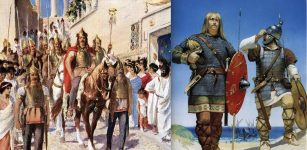 Who Were The Goths And Where Did They Come From?
Civilizations | Apr 16, 2019
Who Were The Goths And Where Did They Come From?
Civilizations | Apr 16, 2019 -
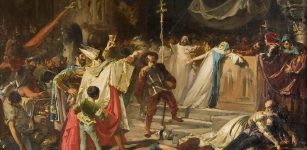 On This Day In History: Sack Of Rome Took Place on May 6, 1527
News | May 6, 2016
On This Day In History: Sack Of Rome Took Place on May 6, 1527
News | May 6, 2016 -
 Mystery How Humans Lost Their Body Hair Solved By Scientists
Archaeology | Jan 4, 2023
Mystery How Humans Lost Their Body Hair Solved By Scientists
Archaeology | Jan 4, 2023 -
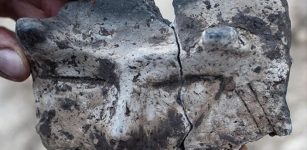 Unusual 7,000-Year-Old Jar Decorated With A Horned Face Found In Poland
Archaeology | Sep 3, 2020
Unusual 7,000-Year-Old Jar Decorated With A Horned Face Found In Poland
Archaeology | Sep 3, 2020 -
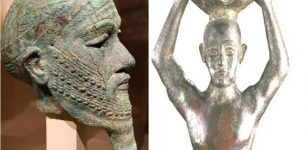 King Ur-Nammu – King Of Ur, King Of Sumer And Akkad – The One Who Built The Temple Of God Enlil
Ancient History Facts | Aug 30, 2015
King Ur-Nammu – King Of Ur, King Of Sumer And Akkad – The One Who Built The Temple Of God Enlil
Ancient History Facts | Aug 30, 2015 -
 Ancient DNA’s Analysis Delivers Crucial Clues To Migratory Patterns During The First Millennium AD
DNA | Jan 2, 2025
Ancient DNA’s Analysis Delivers Crucial Clues To Migratory Patterns During The First Millennium AD
DNA | Jan 2, 2025 -
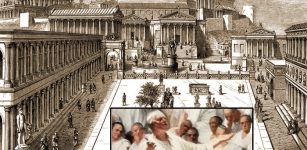 Ancient Roman Government Structure And The Twelve Tables
Civilizations | Jan 18, 2016
Ancient Roman Government Structure And The Twelve Tables
Civilizations | Jan 18, 2016 -
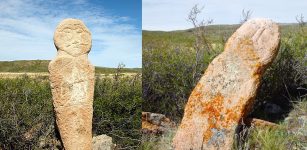 Balbals – Ancient Stone Guards Of The Kazakh Steppe
Artifacts | Dec 21, 2015
Balbals – Ancient Stone Guards Of The Kazakh Steppe
Artifacts | Dec 21, 2015 -
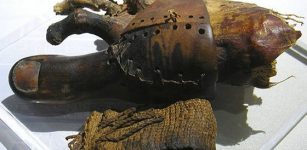 3,000-Year-Old Egyptian Artificial Wooden Toe In New Light
Archaeology | Jun 20, 2017
3,000-Year-Old Egyptian Artificial Wooden Toe In New Light
Archaeology | Jun 20, 2017 -
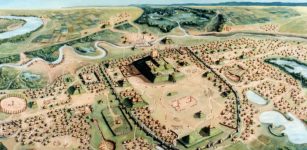 Story About Cahokia’s Lost Civilization Is Wrong – Archaeologist Says
Archaeology | Feb 14, 2020
Story About Cahokia’s Lost Civilization Is Wrong – Archaeologist Says
Archaeology | Feb 14, 2020 -
 Rock-Hewn Burial Shafts And 38 Symbolic Pots Discovered In Abusir Necropolis, Egypt
Archaeology | Feb 6, 2018
Rock-Hewn Burial Shafts And 38 Symbolic Pots Discovered In Abusir Necropolis, Egypt
Archaeology | Feb 6, 2018 -
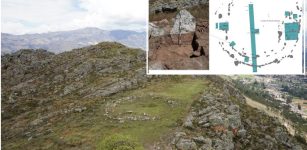 Callacpuma’s Megalithic Stone Circular Plaza Was Constructed Using A Technique Previously Unseen In The Andes
Archaeology | Feb 15, 2024
Callacpuma’s Megalithic Stone Circular Plaza Was Constructed Using A Technique Previously Unseen In The Andes
Archaeology | Feb 15, 2024 -
 Troublemaker Eris: Greek Deity That Ignited Hatred Among All
Featured Stories | Apr 11, 2024
Troublemaker Eris: Greek Deity That Ignited Hatred Among All
Featured Stories | Apr 11, 2024

